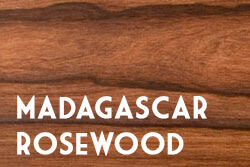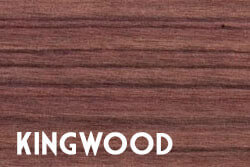Menu
-
MenuBack
- FSC® WOODS
-
PRODUCTS
ON SALE
-
-
Woods
-
-
REBAJADOS
-
FENDER®
-
-
Other String Instruments
-
-
-
Bow Instruments
-
-
-
Wind Instruments
-
Pieces other sizes
-
Lathe
-
Walking Sticks
-
Raw Material
-
-
-
Kits and Percussion
-
Wind Instruments, Lathe and Raw Material
-
-
-
Mb Exclusive
-
-
Assorted Pieces
-
-
-
Finishes
-
-
Accessories
-
-
ACCESSORIES
-
Cuerdas
-
Cuerdas
-
Last Units Accessories
-
More Accessories
-
-
-
TOOLS
-
-
Herramientas para Luthier
-
-
-
About us
-


























